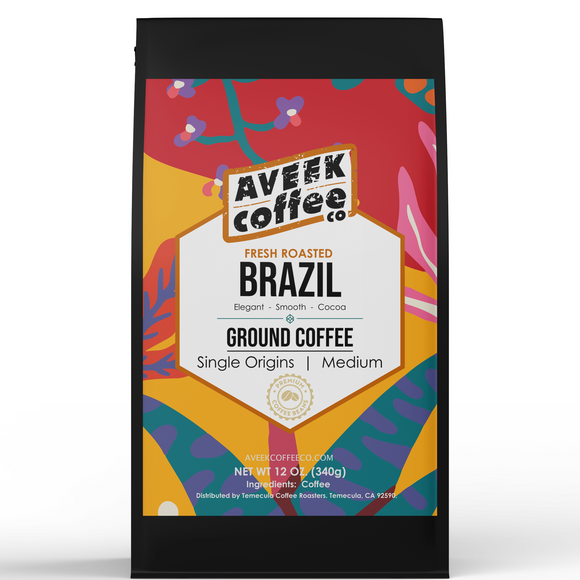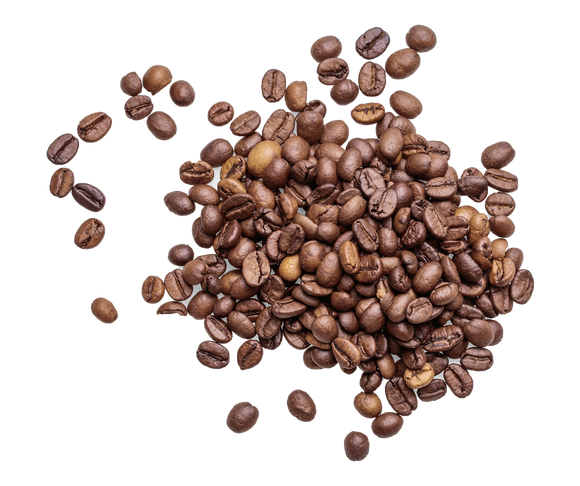
Coffee is a beloved beverage enjoyed around the world and Mexico is no exception. With its rich cultural history and diverse coffee varieties, Mexican coffee offers a unique experience for coffee lovers everywhere. In this article, we'll explore the history, varieties, and production of Mexican coffee, as well as its impact on the economy and the best ways to brew it. So, if you’re looking to discover all the riches of Mexican coffee, keep reading!
Introduction to Mexican Coffee
Mexican coffee is a type of coffee grown and produced in Mexico. It is known for its unique flavor profile, which is a combination of sweet and savory notes. The country is the fifth-largest producer of coffee in the world, producing over 5 million bags of coffee every year. The coffee industry in Mexico is made up of small-scale farmers and cooperatives, as well as larger plantations and factories. Mexican coffee is usually sold in specialty stores and online and is becoming increasingly popular in cafes and restaurants around the world.
History of Mexican Coffee
The history of Mexican coffee dates back to the 16th century, when the Spanish introduced coffee to Mexico. The Spanish brought coffee plants with them from their homeland and started planting them in various parts of the country. Over the years, the coffee industry in Mexico has grown and developed, and now Mexico is one of the biggest producers of coffee in the world.
In the late 19th century, the Mexican government started to invest in the coffee industry, providing subsidies and other incentives to encourage the production of coffee. This investment paid off and today, Mexico is one of the largest producers of Arabica coffee in the world.
Mexican Coffee Varieties
There are three main varieties of Mexican coffee: Arabica, Robusta, and Liberica. Arabica is the most popular variety and is known for its sweet and smooth flavor. Robusta is a more bitter and intense variety and is usually used in espresso blends. Liberica is a rare variety and is known for its strong and spicy taste.
Coffee Growing Regions in Mexico
Mexico is home to several coffee-producing regions, each with its own unique flavor profile. The most famous regions are Veracruz, Chiapas, and Oaxaca. Veracruz is known for its sweet and floral flavors, while Chiapas is known for its spicy and earthy notes. Oaxaca is known for its sweet and nutty flavors.
Processing Methods Used in Mexico
Mexican coffee is usually processed using the wet method. This method involves soaking the coffee cherries in water, which causes the ripe fruit to separate from the seed. The beans are then dried and hulled, and the husk is removed. This method preserves the natural flavors of the coffee and results in a sweeter and more complex flavor.
The Flavor Profile of Mexican Coffee
Mexican coffee is known for its sweet and smooth flavor profile. It has notes of chocolate, caramel, nuts, and spices, and a smooth, creamy finish. The flavor of Mexican coffee will vary depending on the region and variety of coffee, but it is generally known for its sweet and balanced taste.
Best Practices for Brewing Mexican Coffee
Brewing Mexican coffee can be a bit tricky, as it is a delicate and delicate coffee. The best way to brew it is to use a paper filter, as this will help to preserve the flavor of the coffee. You should also use a light to medium roast, as darker roasts can overpower the subtle flavors of Mexican coffee. The water should also be heated to around 195-205°F, as this will help to extract the flavors without burning the beans.
The Economic Impact of Mexican Coffee
The coffee industry in Mexico has a huge impact on the economy. It is estimated that the industry employs over 1 million people in Mexico and contributes over $2 billion to the country’s GDP. The industry has also provided much-needed income to rural communities in Mexico and has helped to reduce poverty in the country.
Conclusion
Mexican coffee is a unique and delicious type of coffee that is known for its sweet and smooth flavor profile. It is produced in various regions of the country and is becoming increasingly popular in cafes and restaurants around the world. The industry has had a huge impact on the economy of Mexico, providing much-needed income to rural communities and helping to reduce poverty. So, if you’re looking to explore the riches of Mexican coffee, now is the time to do it!










